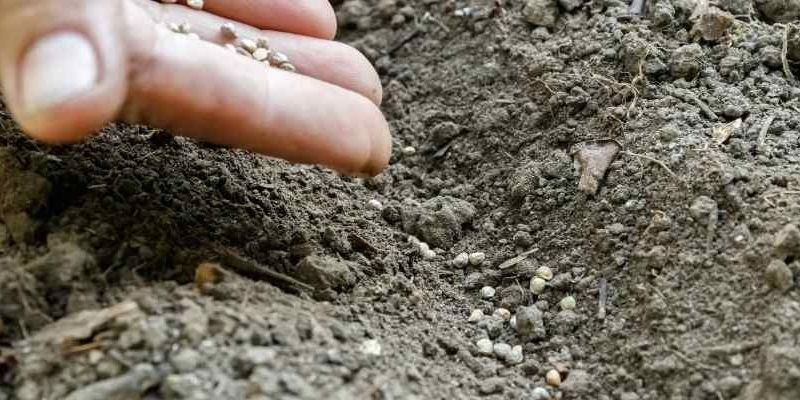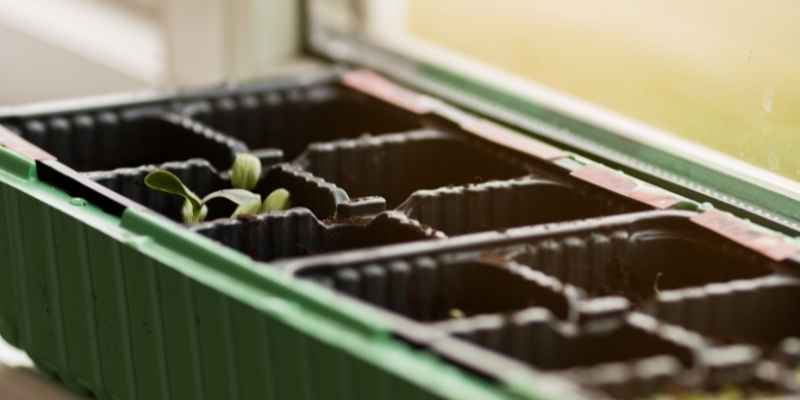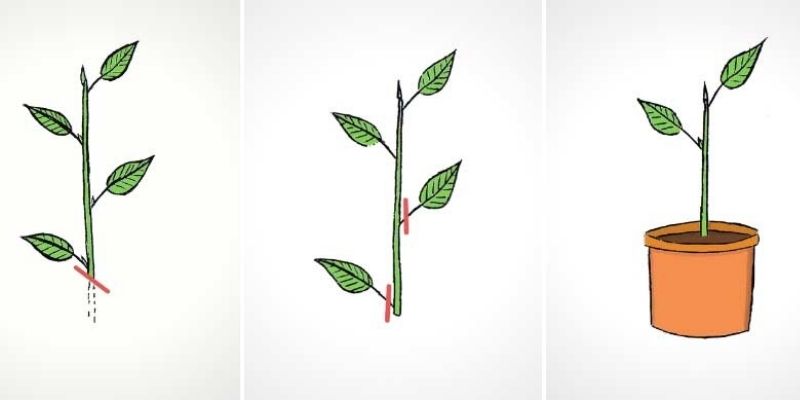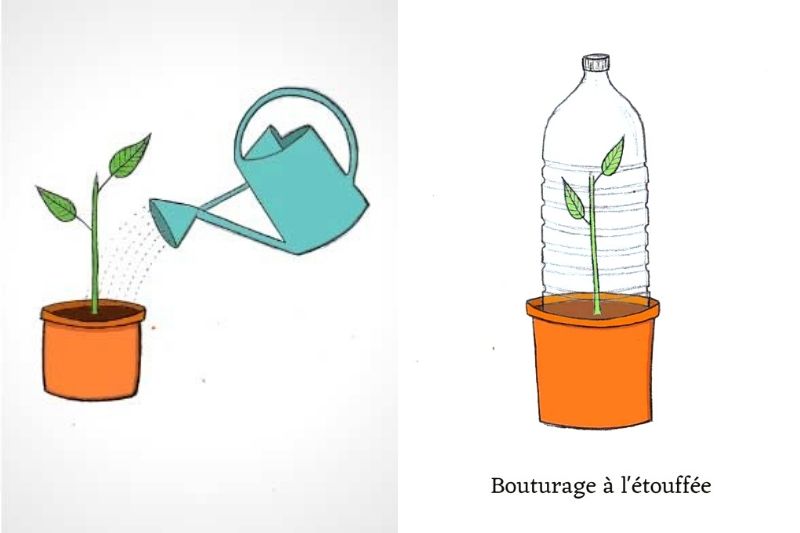Hops are a delightful climbing plant that's highly interesting in the garden for several reasons:
- Their very rapid growth allows them to create a beautiful green screen in soft green tones that's highly decorative;
- Their cone production is used in beer brewing;
- Their vines allow them to twine independently and climb their support.
For all these reasons, it can be interesting to propagate this twining perennial in the garden. There are actually several techniques to quickly obtain new young shoots, accessible to all gardeners. Discover our advice and techniques for easily propagating hops, from sowing to cuttings, including layering.
1- Sowing
When to sow hop seeds?
- In late autumn, shake the female cones to harvest your seeds;
- Store your seeds in a cool, dry place;
- Hop seeds need a cold period to germinate. You can, for example, leave them in the refrigerator for a few weeks before planting;
- Under cover, sowing should be done in late winter, in February-March. For outdoor sowing, wait until May, once the risk of frost has passed.
How to sow hop seeds?
Outdoors:
- Work your garden soil well using a digging fork and a rake. Note that the soil must be well-drained;
- Add a handful of well-rotted compost or manure;
- Broadcast sow the seeds;
- Cover with a thin layer of soil and water;
- Repeat watering to keep the substrate moist;
- Germination occurs after 15 days to 2 months.

In seed trays:
- Fill a seed tray or pots with seed compost;
- Moisten the compost with a sprayer;
- Plant 1 to 3 seeds per pot and cover with soil;
- Keep the substrate moist until germination;
- Germination occurs after 15 days to 2 months;
- Planting in the ground should be done in spring, outside frost periods.

Note: With sowing, you'll get male and female plants. Only female plants produce cones, which can be a disadvantage if your goal is production. In this case, it's better to use other propagation techniques. However, the sowing method is the only one that allows crossing between different cultivars.
2- How to take hop cuttings?
- In August, select and cut a 15 cm long stem;
- Remove the lower leaves and keep only 2 leaves at the tip of the stem. This will prevent excessive transpiration and exhaustion of your cutting;
- Plant the cutting in a pot filled with seed compost. You can also use rooting hormone.

- Firm down and moisten the compost;
- Place a cloche over it to saturate the atmosphere with moisture. You can also use the top of a plastic bottle, a plastic bag held up by bamboo stakes, or a mini greenhouse.

- Be careful, the stem and foliage must not touch the cloche to avoid mould! Place your cutting in a bright, shaded position. Avoid overly sunny spots or direct sunlight;
- The root system will form quickly after 4 to 6 weeks. You can then transplant your young hops into a larger pot;
- Plant your root ball in spring the following year, when growth resumes.
3- By layering
Some plants layer easily. This is the case with hops, which are also hardy and easy to grow.
- Bury part of a long stem of your hops, leaving the green foliage sticking out at the end. Secure the creeping stem with U-shaped stakes.
- Remember to water to keep the soil moist.
- Roots and rhizomes will form after one year.
- You can then replant your new climbing plant in another location.
Discover our dedicated guide: Layering: how to do it?
To go further:
- Discover our plant guide with everything you need to know about hops, Humulus Lupulus: planting, cultivation and uses
- Find all our hop varieties.
- Read Olivier's advice on how to grow hops
- Discover our guide: What are hops used for?
- Read our article on seed saving.
- Discover our guide: "Taking cuttings: all about different techniques and our advice for successful cuttings".




































Comments